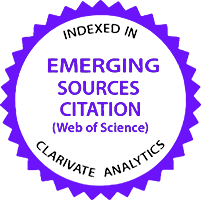Abstract—Plant diseases and poisonous insects are major threats to agriculture. As a result, detecting and diagnosing these illnesses as soon as feasible is critical. The continuous advancement of significant deep learning techniques has greatly benefited the identification of plant leaf diseases, giving a powerful tool with exceptionally precise findings. The accuracy of deep learning approaches, on the other hand, is reliant on the quality and quantity of labelled data utilized for training. This paper proposes a lightweight parallel deep convolutional neural network (LPDCNN) for plant leaf disease detection (PLDD). Furthermore, a generative adversarial neural network (GAN) is proposed for synthetic data creation in order to address the data scarcity problem caused by unequal dataset size. The suggested model’s effectiveness is evaluated using several performance metrics such as accuracy, recall, precision and F1-score and compared to established state-of-the-art methods used for tomato PLDD. The obtained experimental findings – for 2-class, 6-class, and 10-class disease detection of tomato plant samples obtained from the Plant Village dataset – show that the proposed system provides better accuracy (99.14%, 99.05%, 98.11% accuracy for the 2-class, 6-class and 10-class, respectively) for tomato leaf disease detection compared with traditional existing approaches.
Keywords: Deep learning; Convolutional neural network; Plant leaf disease detection; Data augmentation.
DOI: http://doi.org/10.5455/jjee.204-1672998033

![Scopus®_151_PNG-300x86[1]](https://jjee.ttu.edu.jo/wp-content/uploads/2024/03/Scopus®_151_PNG-300x861-1.png)
